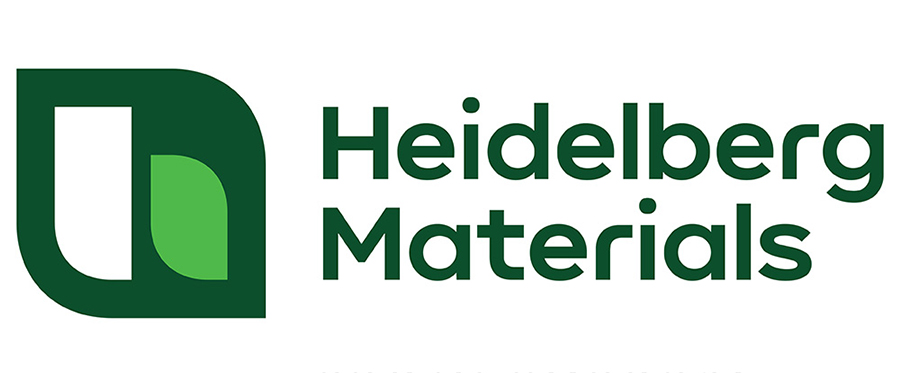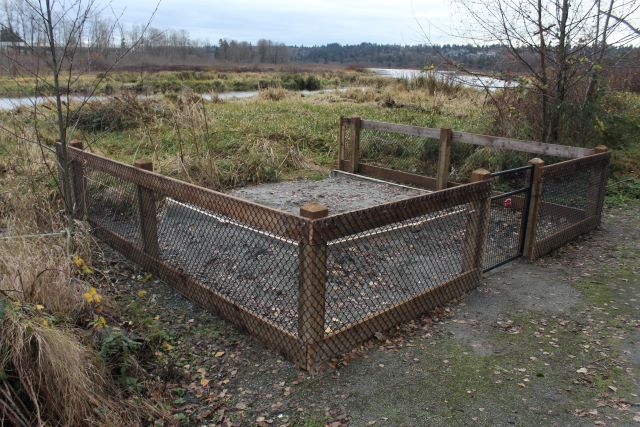As a company that engages in extractive activities, Heidelberg Materials recognizes that we can have an impact on nature, and we feel a strong responsibility to promote biodiversity at our quarries and to build a nature-positive future.
A nature-positive future is essential for the well-being of our planet, societies, and economies. It refers to a future in which human activities not only reduce the impact caused to nature but also contribute to the restoration and enhancement of ecosystems, biodiversity, and natural resources. This is critical given both the importance of natural resources as well as the benefits a balanced ecosystem provides to society.
Recently, our teams across North America have been working with local groups to donate or recycle materials that help create biodiversity solutions or assist with conservation efforts for local species.
In our Northwest Region, the team from Pipeline (Coquitlam) Quarry recently donated materials to British Columbia’s Coastal Partners in Conservation Society. The sandy material was placed at Burnaby Beach where it was used to safeguard and expand the existing turtle nesting grounds there. These western painted turtles are BC’s only native freshwater turtle and are a species at risk. Their ideal nesting area is sandy, near water and free from vegetation or any other obstructions. With this area now permanently fenced, the turtles will have a safe place to nest for years to come.
The team at Pipeline also made a material donation to Port Coquitlam District Hunting & Fishing Club for the Grist Goesen Memorial Hatchery. The donations of sand and gravel were used to refresh the grounds and to support this year’s tub replacement, an upgrade that will increase their rearing capacity. Grist Goesen Memorial Hatchery is a local fish hatchery dedicated to rearing and restoring critical fish stocks to Coquitlam River watershed. Operating since 1980, they currently release 60,000 Coho and 50,000 Chinook fry (young fish) to Coquitlam River annually.
Thousands of miles away in Ohio, our Wagner Quarry donated retired conveyor belt to Erie Metroparks. Last April, the park cut the belt into 39 mats that became reptile refugia (flat objects placed on the ground to provide warmth and protection for reptiles.) They were dispersed throughout the meadows at a few of the park properties. They then trained three volunteers who started the process of periodically flipping the belt pieces and recording any species found. In five months, they tracked five different types of snakes, several mammals and amphibians under the mats. This project supplemented a camera trap study recently established, as we partnered with Ohio Partners in Amphibian and Reptile Conservation.
“These examples are just a few of the many biodiversity-related projects Heidelberg Materials is involved with or leading,” said David Perkins, Senior Vice President, Sustainability and Public Affairs for Heidelberg Materials North America. “Our focus on biodiversity and nature is an important part of our overall sustainability strategy and critical to our vision of building a more sustainable future that is net zero, safe and inclusive, nature positive, and circular.”


